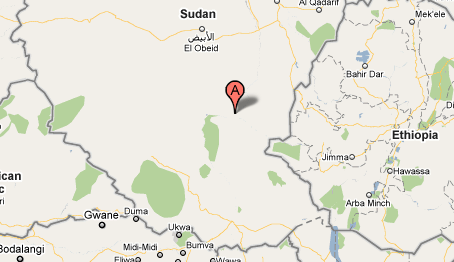MALAKAL, Sudan–The feeling in this town is markedly more tense than the last time I visited nine months ago. Malakal has been a site of emerging tensions in the south in recent years, and given its proximity to the north-south border, it may be a bellwether for the way relations between north and south are headed as the referendum
approaches.
In 2008, a serious clash between the northern and southern army units of the so-called “Joint Integrated Units,” a joint Sudanese military force envisioned by the drafters of the 2005 Comprehensive Peace Agreement to be the future army of “New Sudan.” Instead, the JIUs are more prone to fighting with each other than training together, as evidenced by the firefight between the forces here two years ago. More recently, local tensions over land and territorial claims between the Dinka and Shilluk populations in and around Malakal have resulted in villages near Malakal being burned and in one case, indirectly caused fighting during the 2009 ceremony to commemorate the signing of the 2005 peace accord that ended the north-south civil war.
Lately, tensions in Malakal are evident in the movement of SPLA forces to one of the most strategic points in town: the airport. The northern Sudanese army (SAF) component of the JIU has always been on the “airport side” of town, while the SPLA unit is positioned closer to the town center. The town remains divided in this manner, with SAF soldiers sticking to their side of Malakal and southern soldiers doing the same since the 2008 clash. However, a new contingent of SPLA troops have moved in recent months to a small site just outside the airport, on the opposite side of SAF and a kilometer or two from the
U.N. base.
Given the makeshift nature of the shelters the SPLA have constructed, if I had not been told that this new cluster of mud huts and straw thatched roofs next to the airport was the new SPLA unit in town, I would have thought that the settlement could have been a small group of internally displaced people who had fled their homes for one reason or another. Nonetheless, the increased SPLA presence is signficant given the location and it is representative of a broader policy being implemented now by both the southern and the northern armies: increased deployment of troops and hardware near the contested
north-south border. Is not surprising that both armies are abiding by the adage of “hoping for the best but preparing for the worst.”
